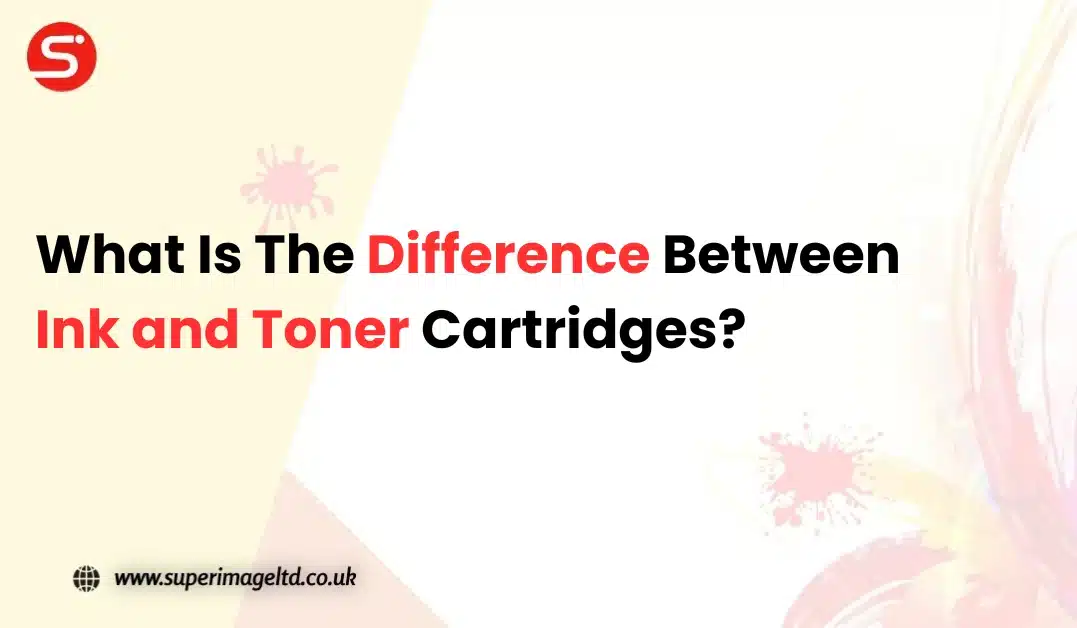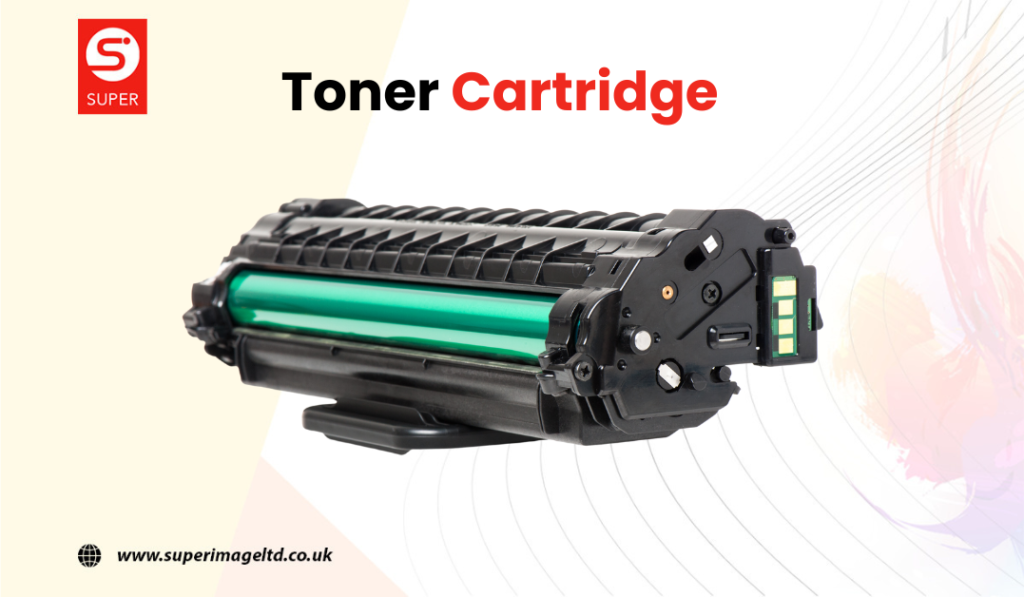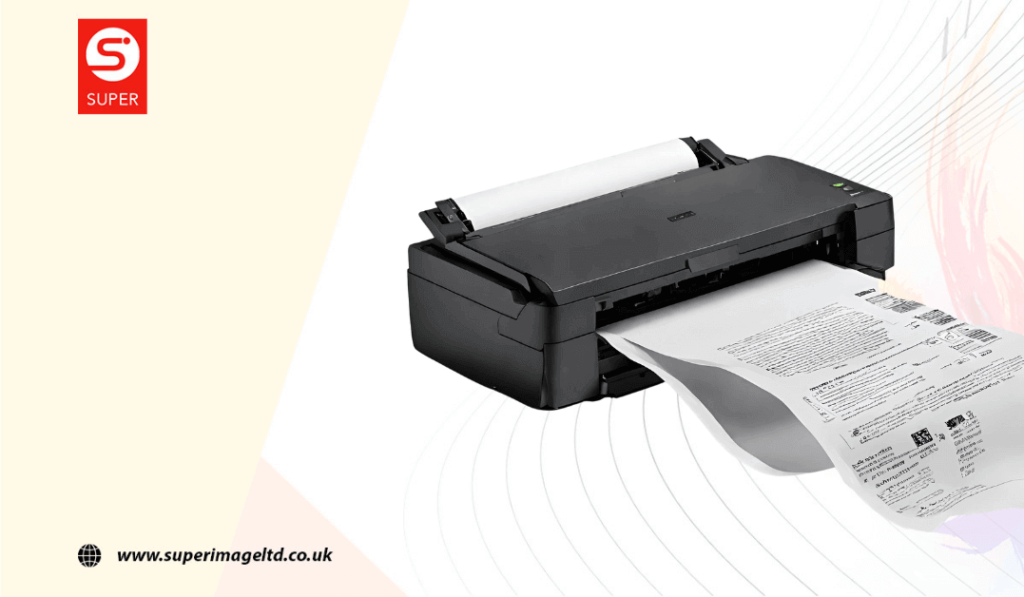- 12/21/2022
- Leave a comment
- Sell Toner
- By Saif Ghori

When it comes to printing, whether at home or in the office, choosing between ink cartridges and toner can be a tough decision. Each option has its own set of advantages and disadvantages, and understanding the differences between them is crucial in making the right choice for your printing needs.
Ink Cartridges

Ink cartridges are the go-to choice for printing vibrant, colorful images and documents. They are commonly used in inkjet printers, which work by spraying tiny droplets of ink onto the paper. This printing method allows for high-resolution prints with rich, vivid colors, making ink cartridges ideal for tasks like photo printing and graphic design projects.
Pros
One of the main advantages of ink cartridges is their versatility. They are available in a wide range of colors and formulations, including dye-based inks for vibrant colors and pigment-based inks for long-lasting prints. This variety allows users to achieve different effects and meet specific printing requirements.
Cons
However, there are some drawbacks to using ink cartridges. One common issue is the cost of replacement cartridges, which can add up over time, especially for high-volume printing. Additionally, ink cartridges have a limited lifespan and can dry out if not used regularly, leading to wasted ink and the need for frequent replacements.
Toner

On the other hand, toner is the preferred choice for high-volume printing in offices and businesses. Toner is a powder-based substance that is used in laser printers and copiers. Unlike inkjet printers, which spray liquid ink onto the paper, laser printers use heat to fuse toner particles onto the paper, resulting in fast, crisp prints.
Pros
One of the main advantages of toner is its durability. Toner prints are resistant to smudging and fading, making them ideal for documents that need to withstand handling and storage. Additionally, toner cartridges have a much higher page yield compared to ink cartridges, meaning they can print more pages before needing to be replaced.
Cons
However, toner does have its limitations. While toner prints are excellent for text and graphics, they may not produce the same level of color vibrancy as ink cartridges. This can be a drawback for users who prioritize color accuracy and image quality in their print
Ink Cartridges vs Toner – Comparison Table
| Feature | Ink Cartridges | Toner Cartridges |
| Printing Volume | Suitable for light to moderate printing tasks. | Ideal for high-volume printing tasks. |
| Cost Efficiency | Higher cost per page, but lower upfront investment. | Lower cost per page, but higher upfront investment. |
| Print Quality | Excellent for vibrant colors and detailed graphics. | Crisp and professional-looking text documents. |
| Durability | Prone to drying out if not used frequently. | Longer shelf life; less prone to drying out. |
| Maintenance Requirements | Prone to printhead clogging and requires periodic cleaning. | Requires less maintenance; occasional cleaning may be needed. |
| Printing Speed | Slower compared to laser printers. | Faster printing speeds; ideal for high-volume tasks. |
| Smudging and Drying Time | Longer drying time; susceptible to smudging. | Prints are dry almost instantly; minimal smudging. |
| Color Versatility | Greater color range and versatility. | Limited color range; suitable for text-heavy documents. |
| Space and Portability | Compact and lightweight; suitable for small spaces. | Larger and heavier; less portable. |
10 Differences Between Ink Cartridges and Toner
1. Printing Volume:
If you find yourself printing large volumes of documents regularly, toner cartridges offer a significant advantage.
Toner cartridges are designed to handle high-volume printing tasks efficiently, making them ideal for busy offices or individuals with demanding printing requirements.
On the other hand, ink cartridges are better suited for lighter printing needs, such as occasional home printing or small-scale business use.
2. Cost Efficiency:
Cost efficiency is a crucial consideration for many printer users. While the initial investment in a toner printer and cartridges might be higher than that of an inkjet printer, toner cartridges generally have a lower cost per page.
This means that over time, you’re likely to save money with toner, especially if you print frequently or in large volumes.
However, if you’re on a tight budget and don’t anticipate heavy printing usage, an inkjet printer with ink cartridges might be more economical upfront.
3. Print Quality:

Print quality can vary significantly between ink cartridges and toner, depending on the type of documents you’re printing. Ink cartridges are renowned for producing vibrant, high-quality prints, particularly when it comes to photographs or graphics.
The inkjet printing process allows for precise color reproduction and fine details, making it the preferred choice for tasks that require excellent print quality.
On the other hand, while toner may not offer the same level of color accuracy and detail as ink, it excels in producing crisp, professional-looking text documents, making it suitable for business and office use.
4. Durability:
Durability is another factor to consider when choosing between ink cartridges and toner. Toner cartridges typically have a longer shelf life than ink cartridges, thanks to their dry powder composition.
This means that toner cartridges are less prone to drying out or expiring, making them a more durable option, especially for users who print infrequently.
In contrast, ink cartridges can dry out over time, particularly if they’re not used regularly, leading to potential issues such as clogged printheads or streaky prints.
5. Environmental Impact:
For environmentally conscious consumers, the environmental impact of printer supplies is a significant consideration. In this regard, toner cartridges have the edge over ink cartridges.
Toner cartridges generally produce less waste and are easier to recycle, thanks to their plastic casing and dry powder content.
Additionally, toner cartridges typically last longer than ink cartridges, resulting in fewer replacements and less overall waste generated. If sustainability is a priority for you, opting for a toner printer and cartridges can help minimize your environmental footprint.
6. Maintenance Requirements:
When it comes to maintenance, ink cartridges and toner cartridges have different needs. Inkjet printers with ink cartridges may require more frequent maintenance, such as printhead cleaning, to ensure optimal print quality and prevent clogging.
Additionally, ink cartridges may need to be replaced more often, especially if you print infrequently, as they can dry out over time.
On the other hand, laser printers with toner cartridges typically require less maintenance, as toner does not dry out like ink. However, toner printers may require occasional maintenance, such as drum replacement or toner cartridge cleaning, to maintain performance over time.
7. Printing Speed:
Printing speed can be a crucial factor, particularly in busy office environments where time is of the essence. Generally, laser printers with toner cartridges offer faster printing speeds compared to inkjet printers with ink cartridges.
Toner printers use a process called electrophotography to create images on paper quickly and efficiently, making them ideal for high-volume printing tasks that require rapid turnaround times. Inkjet printers, while capable of producing high-quality prints, may be slower, especially when printing complex graphics or photographs.
8. Smudging and Drying Time:
One common concern with inkjet prints is the potential for smudging, particularly immediately after printing. Ink cartridges deposit liquid ink onto the paper, which can take some time to dry fully, especially on glossy or coated paper surfaces.
This can lead to smudged prints if handled too soon after printing. In contrast, prints from laser printers using toner cartridges are dry to the touch almost instantly, minimizing the risk of smudging and allowing for immediate handling and distribution of printed documents.
9. Color Versatility:
If you require vibrant, true-to-life color prints, inkjet printers with ink cartridges offer greater color versatility compared to laser printers with toner cartridges. Inkjet printers can produce a wider range of colors and gradients, making them ideal for tasks such as photo printing or graphic design.
However, inkjet printers often support a broader variety of paper types and sizes, allowing for greater flexibility in printing projects that require specific paper characteristics, such as texture or thickness.
10. Space and Portability:
When it comes to space and portability, inkjet printers with ink cartridges generally have the edge. Inkjet printers tend to be smaller and lighter than laser printers, making them easier to transport and fit into tight spaces.
This makes inkjet printers a popular choice for home users or small businesses with limited space. So, inkjet printers are often more versatile in terms of power sources, with many models offering battery-powered options for on-the-go printing needs.
However, if space is not a concern and you prioritize high-volume printing and durability, a laser printer with toner cartridges may be the better choice for your needs.
Conclusion
In summary, the choice between ink cartridges and toner cartridges depends on a variety of factors, including printing volume, cost efficiency, print quality, maintenance requirements, printing speed, smudging and drying time, color versatility, and space and portability considerations.
By carefully evaluating your specific printing needs and preferences, you can make an informed decision that ensures optimal performance and satisfaction from your printer setup.
FAQs
No, toner and ink serve different purposes and are incompatible with each other’s printing systems.
Consider your printing needs: ink is best for color and photo printing, while toner is ideal for high-volume and monochrome printing.
No, ink and toner cartridges are designed for specific printer types and technologies, making them non-interchangeable.
Generally, toner cartridges have lower cost per page than ink cartridges, especially for high-volume printing tasks.
Toner cartridges often produce less waste due to their higher page yield and recyclability compared to ink cartridges.



Leave a Comment